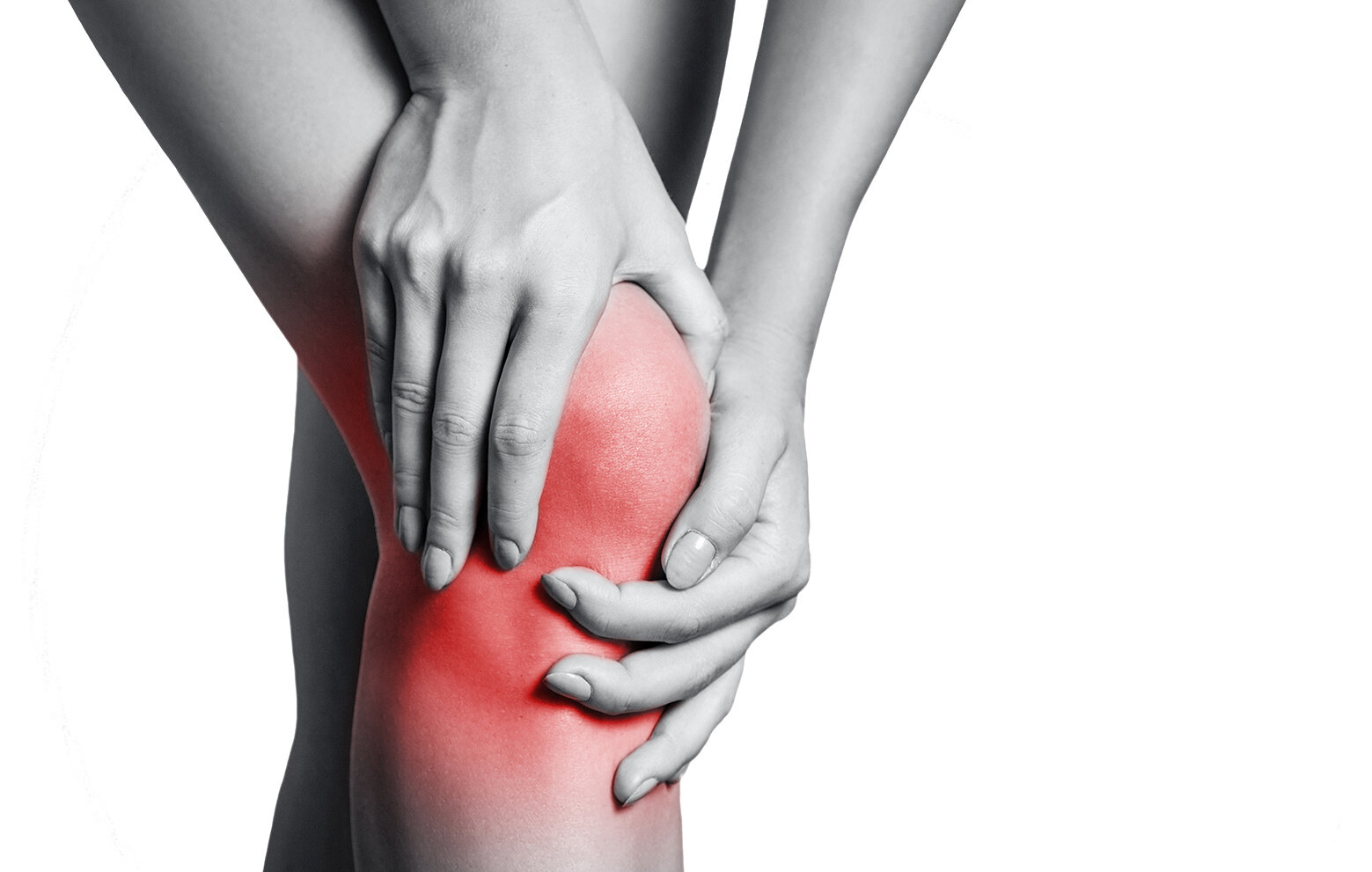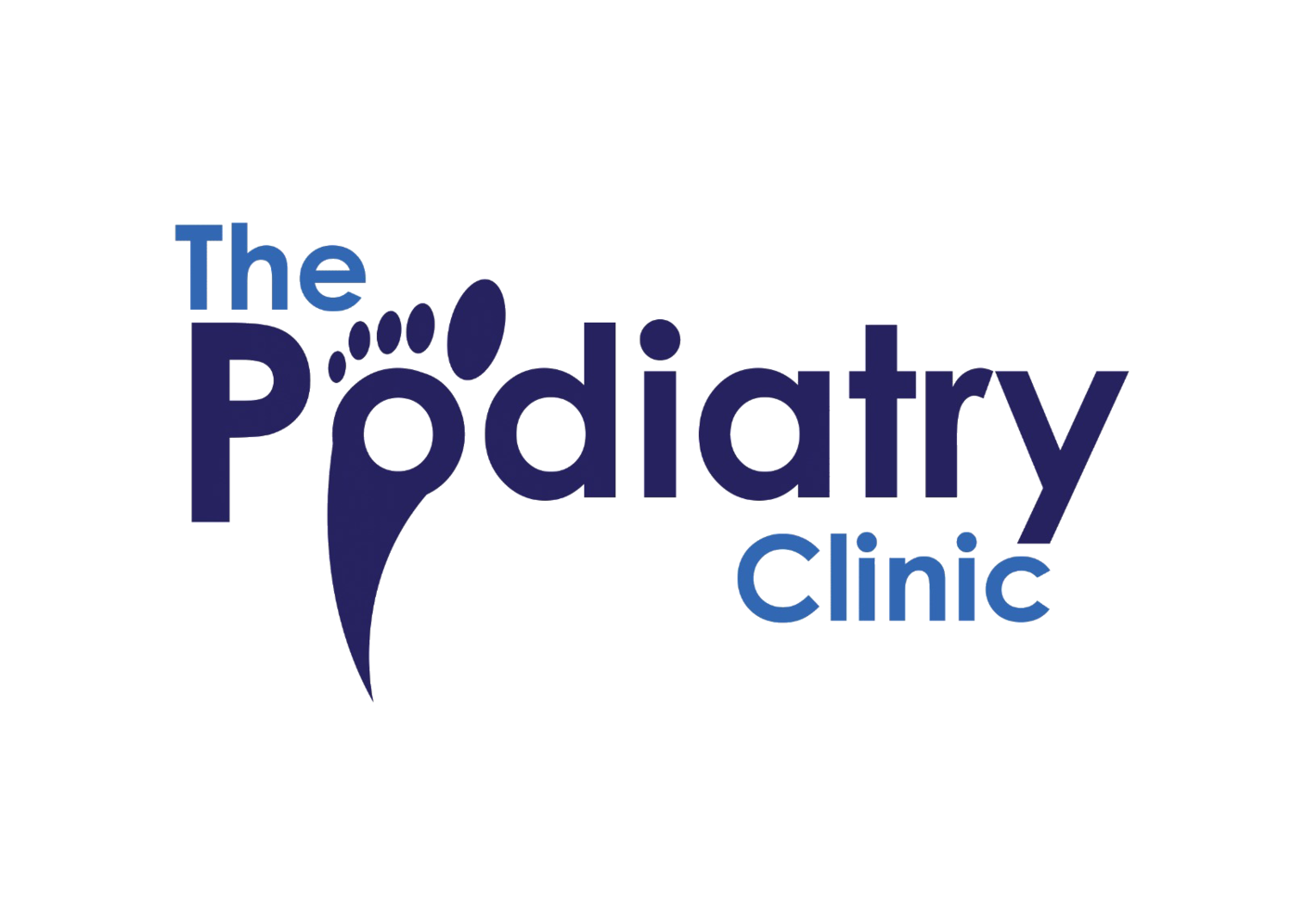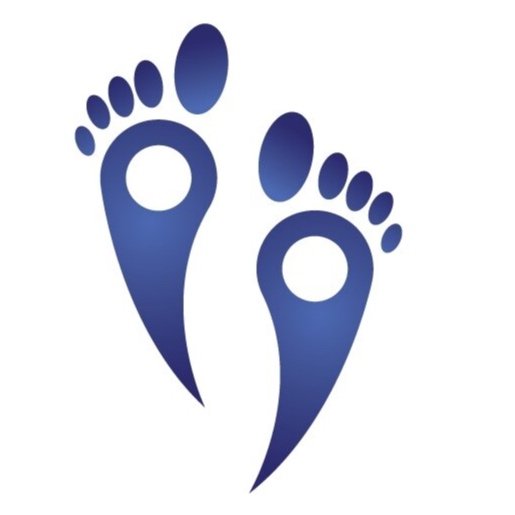
KNEE PAIN – CONDITIONS & TREATMENT
Knee pain affects people of all ages and is a frequent problem. An injury to the knee, such as a torn ligament, tendon or cartilage, can cause pain. Knee discomfort can also be caused by arthritis, gout, and infections. Physiotherapy helps reduce pain and improves the mobility and activity.
CONDITIONS THAT CAUSE KNEE PAIN
The conditions of knee pain we treat in The Podiatry and physiotherapy Clinics in Harborne, Birmingham are as follows:
Osteoarthritis (OA). OA is a type of "wear-and-tear" arthritis that develops as people age or as a result of an injury. The cartilage that cushions the ends of the bones wears down as a result of OA. It mainly develops in weight bearing joints. Symptoms include swelling in the joint, pain, tenderness and difficulty weight bearing.
Joint injuries. Joint injuries can cause stiffness, swollen joints, and pain. Joint pain can be caused by bursitis, tendonitis, dislocations, strains, sprains, and fractures, as well as strained or torn muscles, tendons, and ligaments around the joint.
Meniscal Tear. A meniscus tear, like many other knee problems, can be painful and debilitating. Regrettably, it is fairly prevalent. A meniscal tear is, in fact, one of the most common cartilage injuries in the knee. So, what exactly is a meniscus? It's a portion of cartilage that cushions and stabilises the joint in your knee. Meniscus tears are common in contact sports like football, as well as noncontact sports like volleyball and soccer that require jumping and cutting.
Patellofemoral pain syndrome. It is characterised by pain in the front of the knee and around the kneecap (patella). It's also known as "runner's knee" and affects people who participate in sports that require running and jumping. The most common symptom of patellofemoral pain syndrome is a dull, aching pain in the front of your knee. This pain can be made worse during stairs to ascend or descend, squat or kneel, sit for long periods of time with your knee bent.
Hamstring strains. Unfortunately, they are prevalent and uncomfortable. Athletes of various types, including runners, skaters, football, soccer, and basketball players, are affected. But, first and foremost, what is a hamstring? There is no such thing as a single "string." It's a trio of muscles running along the back of your leg. They provide you the ability to bend your leg at the knee.
IT (iliotibial) band syndrome (runner’s knee). If you’ve were given a nagging ache at the outer a part of your knee, mainly if you’re a runner, it is able to be a symptom of iliotibial band (IT band) syndrome. It’s an harm regularly resulting from sports wherein you bend your knee repeatedly, like running, cycling, hiking, and strolling lengthy distances. Your IT band is a thick bunch of fibers that runs from the outdoor of your hips to the outdoor of your thigh and knee right all the way down to the pinnacle of your shinbone.
Ligament Injury. Knee ligament problems, such as the anterior cruciate ligament (ACL), can put you on the sidelines very quickly. Ligaments are tough tissue bands that link your body's bones. The knee has four ligaments that are vulnerable to injury. The anterior cruciate ligament (ACL) is the most often damaged ligament in the knee. It connects thigh and shin bone. The posterior cruciate ligament (PCL) connects the thigh bone to the shin bone. The lateral collateral ligament (LCL) is a ligament that connects the thigh bone to the fibula. On the inside of the knee, the medial collateral ligament (MCL) connects the thigh bone to the shin bone.
Quadriceps Tendon. Quadriceps tendinitis or quadriceps tendinopathy occurs when the tendon gets inflamed and weak.
Patellar tendon (Jumper’s Knee). It is a condition characterised by inflammation of the patellar tendon. This is a junction that joins your patella (kneecap) to your shin bone (tibia). Jumper's knee weakens your tendon and, if left untreated, can result in tendon rips.
Baker’s cyst. A Baker's cyst also known as popliteal cysts or semi-membranosus gastrocnemius bursitis is a fluid-filled cyst behind your knee that causes a bulge and tightness. When you fully flex or extend your knee, or when you're active, the discomfort can get worse. It is most commonly caused by a problem with your knee joint, such as arthritis or a cartilage tear.
Knee Fat Pad Impingement (Hoffa's pad). It's a soft tissue beneath the kneecap that can become irritated, resulting in knee pain. A significant impact can trap the pad between the patella and the femoral condyle, resulting in this knee injury.
Osgood-Schlatter and Sinding-Larson-Johansson Disease. The patellar tendon connects the tibial tuberosity on the shinbone to the tendon below your kneecap (called the tibia). Osgood-Schlatter disease can develop when this tendon becomes irritated. Osgood-Schlatter disease is a common knee overuse condition in developing teenagers. The growth plate (apophysis) near the bottom of the knee cap at junction of patellar tendon on knee cap is irritated causing Sinding-Larsen Johansson Disease (SLJ). It is a potential cause of knee pain in active children aged 8 to 13. During moments of increased activity (such as the start of the season or a sports camp), or periods of rapid growth, children may experience pain.
Rheumatoid arthritis (RA). RA is a type of inflammatory arthritis that can strike anyone at any age, including children. Rheumatoid arthritis (RA) produces painful, stiff, and swollen joints. RA typically affects the hands, feet, and knees, although it can affect any joint or area of the body.
Gout. Gouty arthritis is characterised by significant joint pain, swelling, warmth/hot, and redness, particularly in the big toe (about 50 percent of cases). Gout occurs when uric acid, a naturally occurring substance in the body, crystallises in the joints, producing inflammation and pain.
Psoriatic arthritis and Spondyloarthropathies. Psoriatic arthritis is an inflammatory joint disease associated to the skin disorder psoriasis. Psoriatic arthritis affects up to 30% of those who have psoriasis.
Infectious arthritis. A bacterial, viral, or fungal infection in the tissues and fluid of a joint causes infectious arthritis, also known as septic arthritis.
Assessment
The initial assessment consultation session at the Podiatry Clinics in Harborne, Birmingham, lasts about 45 minutes. During consultation, an advanced musculoskeletal clinician performs a thorough assessment and discusses the patient's diagnosis and treatment options in detail.
Diagnosis
Diagnostic ultrasound scan (point-of-care POCUS) is performed alongside musculoskeletal assessment, which provides additional information on top of conventional physiotherapy assessment as well as accurate diagnosis of soft tissues around the joints. Further information on diagnostic ultrasound scan, click here!
Treatment
Advance musculoskeletal clinician at The Podiatry and Physiotherapy Clinics in Harborne, Birmingham, are autonomously endorsing physiotherapists and completely prepared in performing infusions in delicate tissue and joints (with and without ultrasound direction). Thus, notwithstanding ordinary appraisal, and treatment, clinician can give solution if necessary and proposition delicate tissue and joint infusions following point by point meeting. Additional data on delicate tissue and joint infusions (with and without ultrasound direction) click here!
Follow-up
Follow-up treatment meetings are required as a component of on-going recovery, physiotherapy meetings and coherence of the board plan as concurred with the patient on the underlying evaluation.
Treatments: The basic goals of treating knee are pain relief and mobility restoration. In most cases, the treatment strategy will contain a combination of the following:
Loss of weight. If necessary, losing even a small amount of weight can considerably reduce knee pain caused by osteoarthritis.
Life style modification. Changing or modifying activities will reduce strain or loading and therefore reducing pain and improves mobility.
Exercise. Strengthening the muscles that surround the knee improves joint stability and reduces discomfort. Stretching exercises aid in the mobility and flexibility of the knee joint.
Rest. Avoiding running jumping or jogging till symptoms starts to resolve. Speak to therapist.
Anti-inflammatory and pain medications. Acetaminophen (paracetamol) and NSAIDs over-the-counter can be used to help relieve the pain. However, we advise to medication following consultation with clinician or doctor when if they over-the-counter.
Steroids Injection. (cortisone or corticosteriod) are strong anti-inflammatory with a lot of potency therefore has ability to bring to swelling and pain level down significantly.
Hyaluronic Injection. It is a lubricating fluid (viscosupplementation) that is naturally found in joints. This works to restore the balance between the breakdown and production of hyaluronic. It lubricates the synovial compartment and improves the shock absorbency properties within the synovial joint. This effect means hyaluronic can help decrease pain and stiffness of the joint.
Drainage of fluids (aspiration). Your physiotherapist may use a needle to remove the fluid from your knee joint or bursitis such as Baker’s cyst before injection steroid (cortisone or corticosteroid) injection. This is known as needle aspiration, and it is frequently done with the use of ultrasound.
Using braces and other devices. There are two types of braces: "unloader" braces, which take the weight off the arthritis-affected side of the knee, and "support" braces, which support the entire knee.
Physiotherapy and Occupational Therapy. Physiotherapy and occupational therapy will assist you with daily activities if you are having difficulty. Physical therapists show you how to strengthen muscles and increase joint flexibility. Occupational therapists can educate you how to accomplish everyday tasks like cleaning with minimal pain.
Taping. Taping your knee along with physiotherapy can help you gradually return to your normal activities. It is mainly beneficial in the ligament and tendon injuries conditions such as fat pad impingement and patellofemoral pain syndrome. Your physiotherapy will advise and apply as needed.
Meniscal tears (some tips). They are treated differently depending on the size and location of the tear. Age, exercise level, and concomitant ailments are all factors that influence treatment. If the tear is tiny, the outer region of the meniscus, known as the "red zone," has an excellent blood supply.
Rehabilitation following Arthroscopy and Hip Replacement Surgery: Goal is to return to desired level of activity as soon as possible therefore physiotherapist will guide you through every step rehabilitation process.

